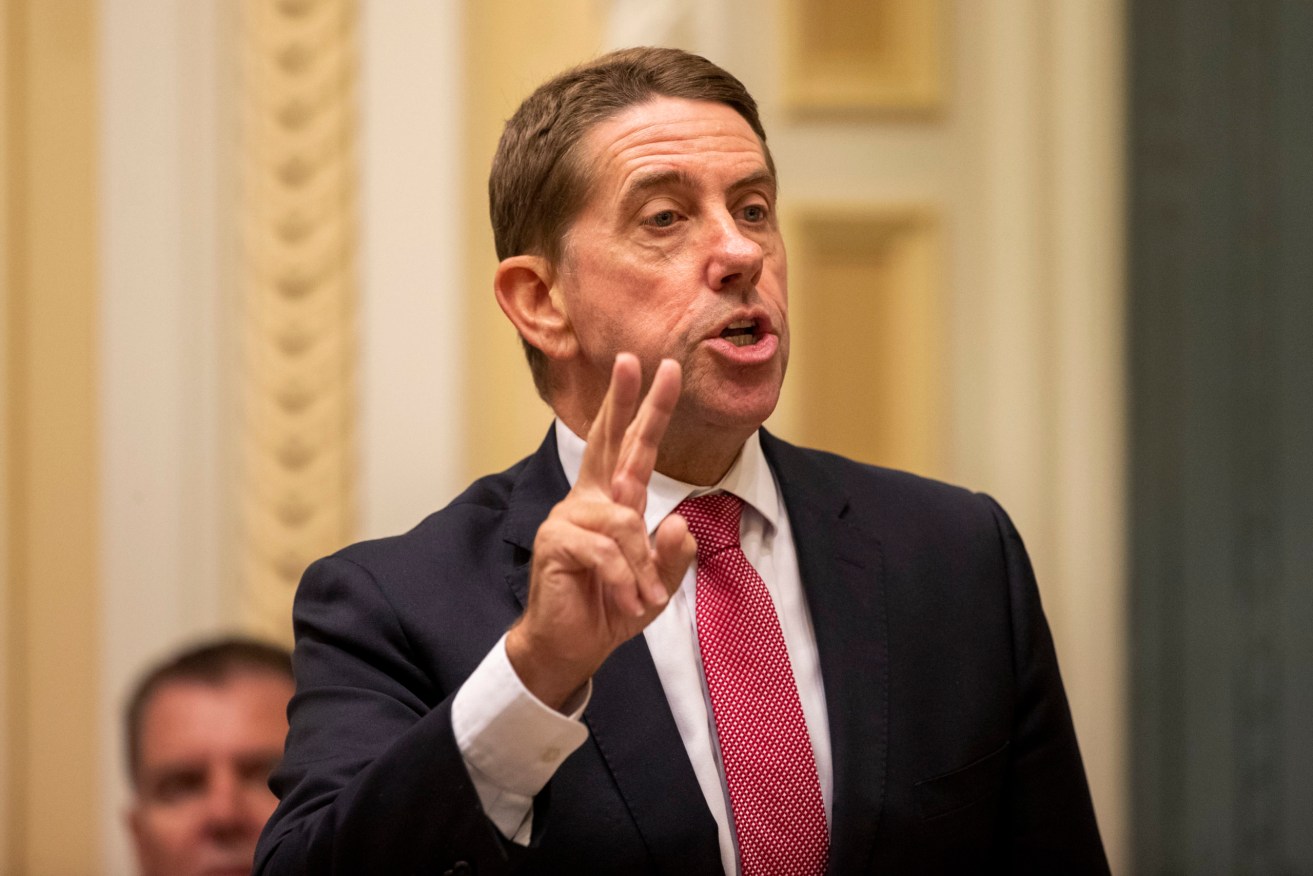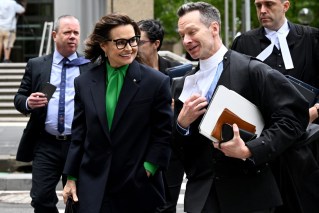What Qld treasurer doesn’t want to tell you about our jobless figures
While most focus has been on the jobs lost since the pandemic crippled our economy, but it’s just as important to know how many jobs were lost before COVID struck, writes Professor Scott Baum

Treasurer Cameron Dick. (Photo: AAP Image/Glenn Hunt)
Queensland Treasurer Cameron Dick is on a mission. A mission to claw back jobs.
During his recent budget statement, as a precursor to the state election in October, the Treasurer was quick to point out what we all knew. The COVID-19 health crisis and the associated economic slowdown played havoc with the state’s economic bottom line.
Job losses have been significant at around 138,000 and in the treasurer’s own words there was “no sugar-coating” the impact of COVID-19 on Queensland families. Not surprisingly with an election around the corner,
Dick wanted to reassure us all that while it was going to be hard, the Government had our backs. It was going to do everything in its power to help get those lost COVID jobs back again. After all, a government’s job to step up when the private sector was failing.
But here is the problem. The Treasurer has his pandemic blinkers on and is only focusing on part of the jobless issue. Back at the start of the economic shutdown, my colleague Bill Mitchell and I wrote about the potential for job losses and identified two broad groups.
On one hand, there were people and communities where the prospects of job losses were a relatively new experience. We called these emerging disadvantage job loss localities. On the other side, there were those communities where unemployment was a more common experience. We referred to these as existing disadvantage job loss localities.
The problem for the treasurer is that he is only focusing on the emerging employment disadvantage associated with COVID and has forgotten the large number of people who were already disadvantaged prior to the pandemic.
Before the onset of the health crisis and the effective shutdown of the economy, the official unemployment rate in Queensland was already 6.1 per cent (February 2020). An estimated 167,000 people were out of work.
In lots of cases the people who had lost their jobs prior to COVID were associated with communities that had already witnessed significant economic disruption—our existing disadvantage job loss localities. It is these communities and the people that live in them that are lost in the Treasurer’s concern about repairing Queensland labour market.
The Queensland Treasurer is not alone in this COVID jobless focus. Others are also scrambling to get back those jobs lost to COVID. And like the Queensland Treasurer they are forgetting about those who were already feeling the pain of not having adequate employment.
Clawing back COVID job losses will take time, but unlike many of the job losses from the pre-COVID economy, restoring COVID job losses are like low hanging fruit. The economy will slowly bounce back. It will take time, possibly years, but there will be some bounce back.
Ongoing announcements trumpet how the market will prove to be the economy’s saving grace and get Australians back to work. But these prophecies are doomed for failure. Even in normal times the private sector never provides sufficient jobs for everyone who wants to work.
The proof is in the quarterly labour market data from the Australian Bureau of Statistics that shows the gap between the number of potential people employed and the number employed by the private and public sectors.
Even before the pandemic Queensland was short close to 170,000 jobs. Can we expect the private sector to fill this gap? I think not, meaning that without sufficient government intervention to create jobs, there will always be unacceptable levels of unemployment.
To successfully move towards an employment model that considers all Queenslanders that find themselves in a precarious employment position will require a concentrated, long term approach involving all levels of government working in concert.
Whoever wins power in Queensland following the October 31 election should immediately lobby the Federal Government to work with the state and local governments to implement a job guarantee scheme.
The basics of such a scheme would include guaranteeing a job for everyone who wants to work, paid at a minimum wage with the usual entitlements of leave and superannuation. The jobs created would be locally focused and designed in consolation with local communities.
This would ensure local ownership of the scheme and a greater chance of success. The beauty of such a scheme would be that local communities and the economies that serve them would build resilience.
Over time those employed on the job guarantee scheme would build skills that would allow them to transition into new private sector jobs created as a result of the growing and resilient local economy. Another clear win.
So, as we move towards the election and the Treasurer continues talking about clawing back jobs, let’s hope he has read this and remembers to try to claw back jobs for everyone.
Professor Scott Baum is an expert in the economics and social outcomes of change at the Griffith University School of Environment and Science.













